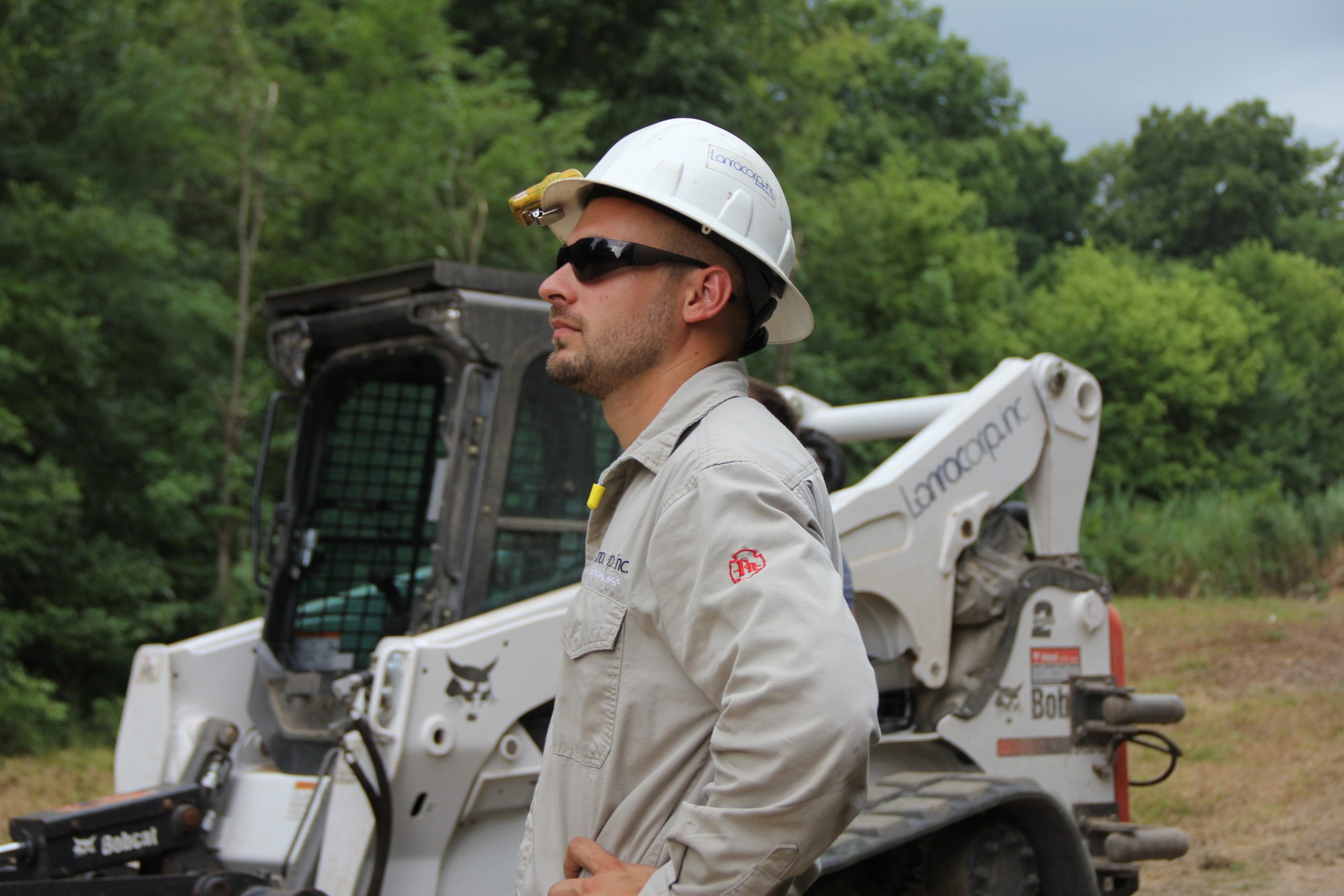A company’s most valuable asset is its employees. At Lanracorp, we not only want to promote employee job satisfaction, but we also want to ensure they return home safe at the end of the day.
As temperatures begin to rise so does the potential for heat-related illnesses, including heatstroke. Heatstroke is a serious medical condition and requires immediate medical attention. Failure to properly identify and care for someone with heatstroke can be life-threatening.
Heatstroke can often share symptoms with other heat-related illnesses, but that does not mean they have to be present before heat stroke occurs. Symptoms can appear without warning and tend to be severe. The more familiar you are with the warning signs the easier it will be to identify heatstroke and seek professional care.
Symptoms
Someone with heat stroke can experience the following:
– Hot, red, dry or damp skin
– Headache
– High body temperature, typically of 103 degrees or higher
– Dizziness, nausea and vomiting
– Altered mental state or behavior, including confusion
– Sweating
– Rapid heart rate or breathing
– Seizure
– Loss of consciousness
Treatment
In the event of heat stroke, it’s critical you seek medical assistance. If you are unable to transport someone safely to a hospital, call 911.
While waiting for the paramedics to arrive, do your best to lower the body temperature of the affected individual in any way possible. Start by removing excess clothing, finding shade or bringing them indoors. Next, consider spraying them with cool water, applying a cold compress or ice pack or fanning them. It’s imperative you do not give them anything to drink. If the individual is able to safely ingest fluids, limit them to small sips to avoid cramps.
Prevention
Heatstroke is 100 percent preventable. You can protect yourself and those around you by doing the following:
– Wear loose-fitting, lightweight clothing.
– Apply sunscreen if you plan on spending extended periods outdoors.
– Drink plenty of fluids throughout the day, preferably water.
– Be cautious of medications or alcohol, especially if you know you’re going to be in hot, humid temperatures for extended periods of time.
– Avoid strenuous activity when it’s really hot or humid. If you have to be outside, take frequent breaks and stay hydrated.
– Allow time to adjust to warmer temperatures.
Risk Factors
Certain factors also pose an increased risk for heatstroke. These include:
– Age
– Exertion in hot weather
– Sudden exposure to hot weather
– Lack of air conditioning
– Certain medications
– Certain health conditions
At Lanracorp, we understand outdoor workers, like our employees, have a significantly elevated risk for contracting heat stroke. To combat that risk, we encourage our workers to regularly monitor their team members for symptoms, stay hydrated throughout the day and to take frequent breaks when needed.

